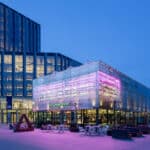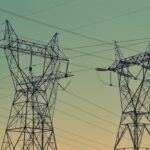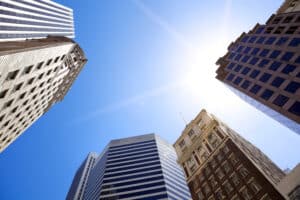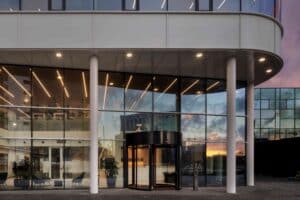
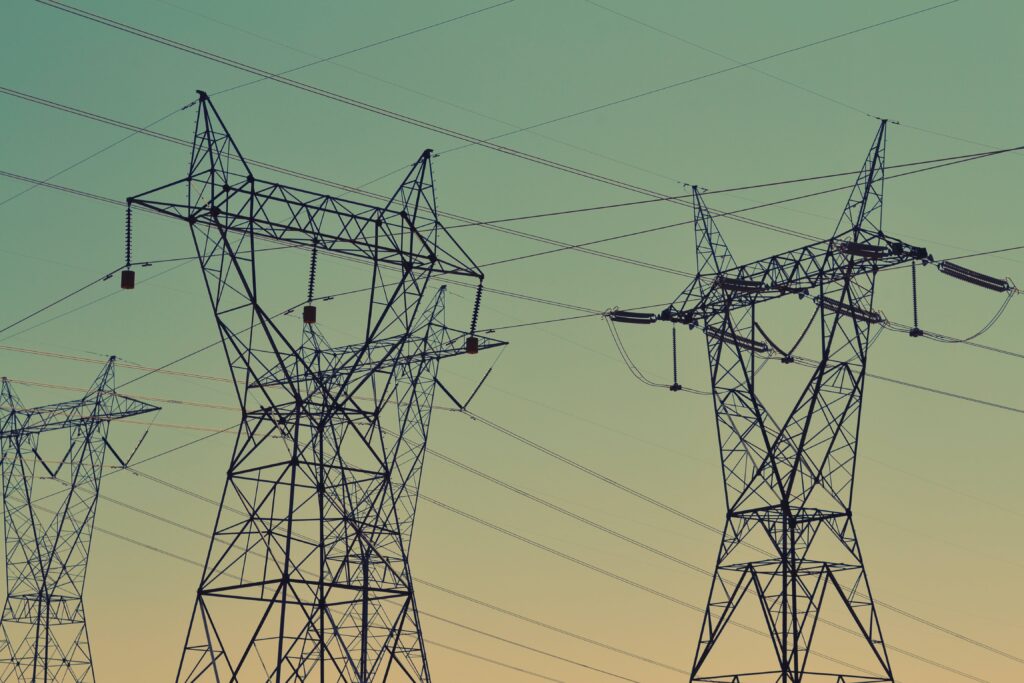
Grid congestion: what is it and how can you avoid it?
The Netherlands is engaged in extensive sustainability efforts. Changing legislation, rising energy prices and concerns around climate change have led to an increasing number of solar panels being found on Dutch roofs and the central heating boiler being increasingly replaced by a heat pump (hybrid or otherwise). The upward trend is of course welcome, but it also has a downside: grid congestion.
What is grid congestion?
The total capacity of solar panels on home roofs grew by over 30% in 2022 compared with the previous year. The number of charging stations and heat pumps in the Netherlands also increased dramatically in 2022. This sustainability drive is badly needed to meet the 2030 and 2050 climate targets, but it comes with a drawback too. Electricity feed-in is increasing, requiring grid reinforcement. Grid operators have already laid thousands of kilometres of new cables and hundreds of new transformer houses have been constructed, but the power grid is experiencing difficulties. The grid is overloaded. This is referred to as grid congestion.
When grid congestion occurs, electricity cannot be transported through the grid at that time. This problem applies not only to the feed-in of generated solar energy, but also to supplying electricity at a new building, where demand for electricity is growing due to heat pumps (hybrid or otherwise) and charging stations.
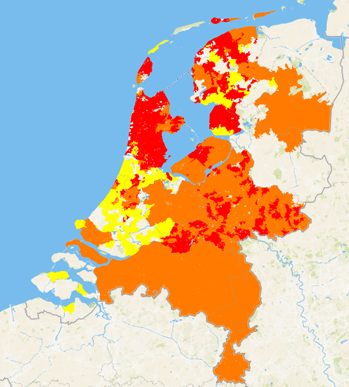
(Source: Netbeheer Nederland)
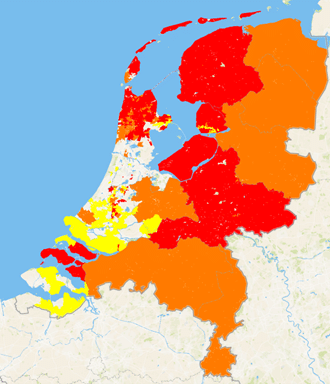
(Source: Netbeheer Nederland)
In the figures above, Netbeheer Nederland shows the grid congestion for supply and feed-in in the Netherlands. The map mostly colours orange, meaning no transport capacity is available for the time being (pending the congestion management study). There is no transport capacity available in the regions coloured red.
Four ways to avoid grid congestion
The most logical solution to grid congestion would seem to be to give the power grid a major upgrade. Around €2 billion is already spent annually by the grid operator, to replace and expand the energy network. However, this is not sufficient. Electricity demand must also be reduced or be met in some other way. This can be done in several ways:
1. Energy-saving measures
With the help of energy management and energy-saving measures, you can save a considerable amount of energy. First of all, it is essential to understand your current energy usage and actively implement energy management. This enables stealth usage to be prevented or settings in technical installations to be fine tuned. In addition, various energy-saving measures can also be implemented to reduce energy usage. For example, consider insulating or re-insulating a building or installing sustainable installations such as a heat pump or solar panels.
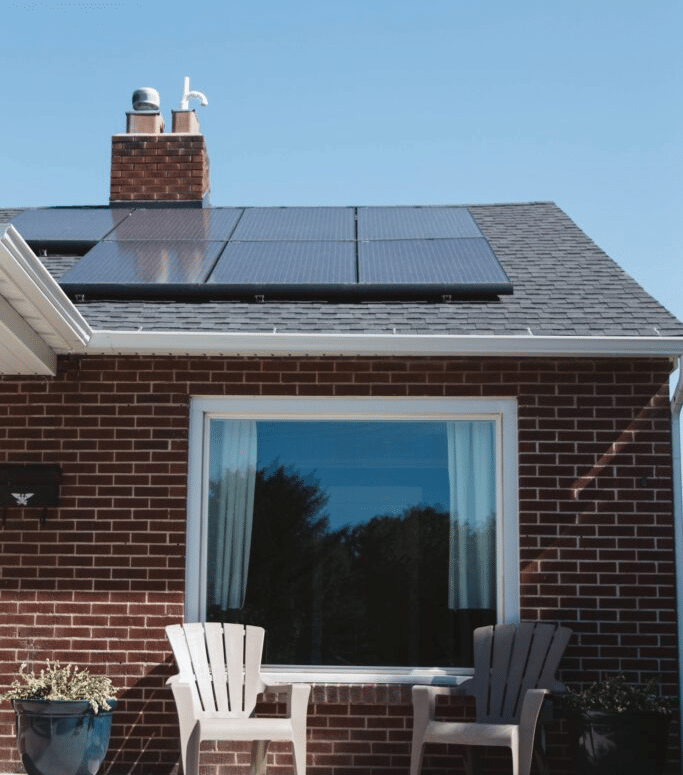
When you generate your own power at home by using solar panels, it is important to coordinate your energy usage with your energy generation, e.g. by charging the car during the day using self-generated energy. Although these are relatively small outputs (compared with commercial and industrial buildings), they represent significant energy usage at the bottom line.
2. Energy storage
At times when more energy has been produced than consumed, this energy can be stored. This ensures that this energy does not enter the electricity grid. The stored energy can be used at a later time, e.g. to avoid peak usage. The most common and most familiar form of energy storage is battery storage. These batteries currently exist in various types, including lead-acid batteries, lithium ion batteries and salt water batteries.
Energy can also be stored in water, i.e. thermal storage by heating water in a buffer tank and using this hot water at peak times. This allows a high output of, for example, a heat pump to be avoided. Another form of thermal storage is heat and cold storage, however, this requires wells to be tapped.
3. Congestion management
Congestion management involves better distribution of limited capacity on the electricity grid. Electricity supply and demand are coordinated with consumers and producers of electricity. Consumers/producers will then receive financial compensation when they adjust their energy usage or supply to the situation. At times when demand for electricity is high, the consumers involved will use less electricity. This is interesting, for example, for companies that produce a lot of energy, such as horticulturists or farmers with many solar panels, or for a company that consumes a lot of energy, with the consumption or feed-in being temporarily adjustable.
4. Virtual Power Grid
By generating your own energy, storing it and using it at times when you need it, you create what is termed a virtual power grid. This can be either an individual or a shared energy supply. At times when not enough renewable energy can be used, a gas generator can step in. At times when more renewable energy is generated, this energy is stored for a later moment.
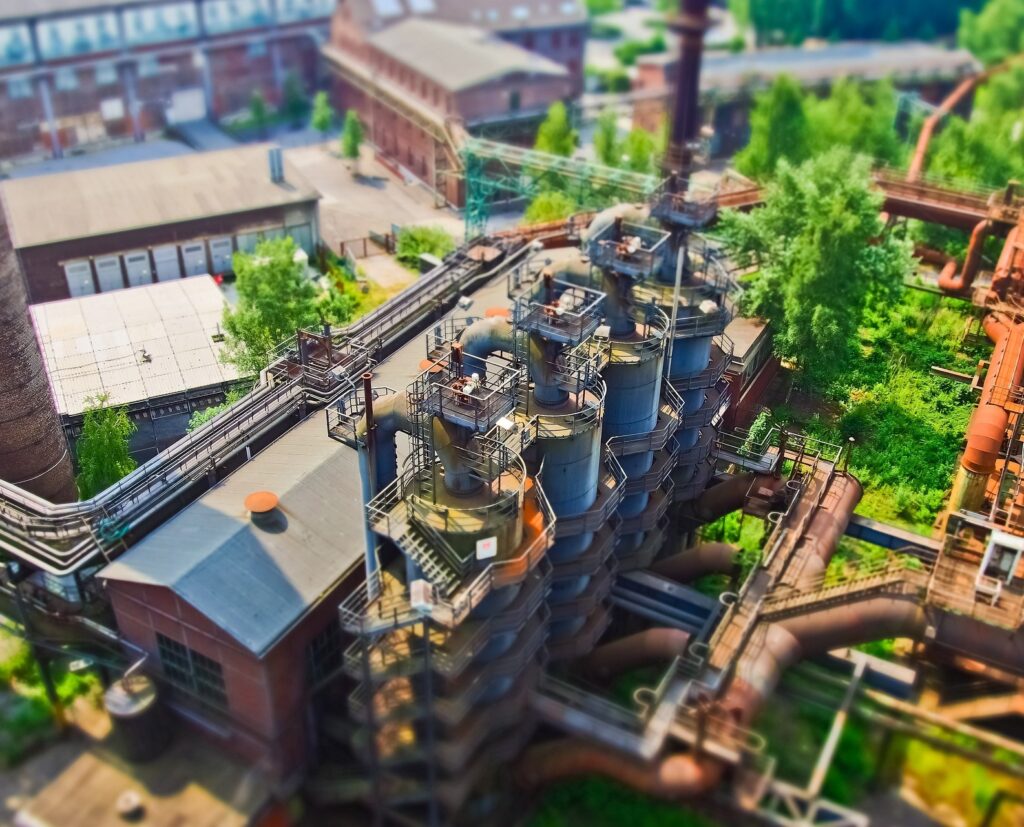
Needless to say, the virtual power grid can also be shared with local businesses that also encounter grid congestion. The advantage is that companies can match their supply and demand for energy usage. For example, one company may generate a huge amount of energy during the day that a neighbouring company can use.
If you want to know what you can do to prevent grid congestion, get in touch with us and we will be happy to provide you with tailored advice.
